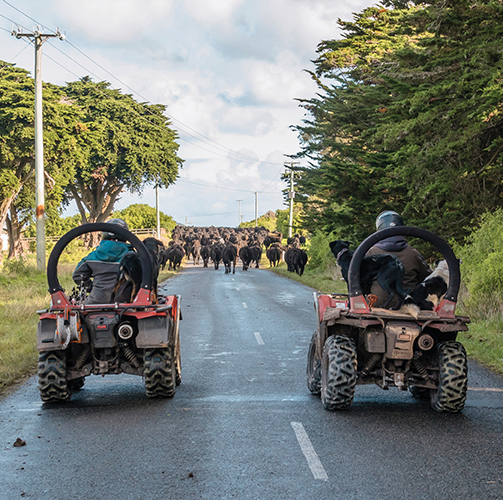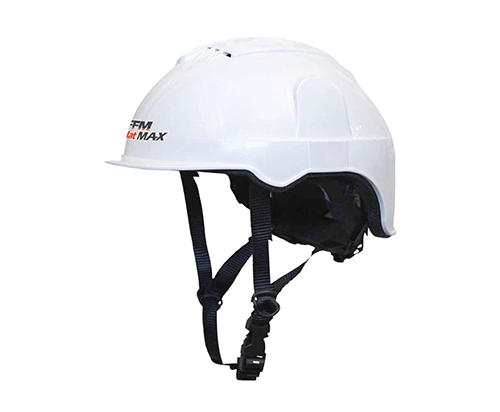

Keep Your Wheels Rolling Safely this Spring
Words supplied by WorkSafe NZ
October sees the highest number of injuries suffered on New Zealand farms due to vehicle accidents. This is accompanied by the highest number of incidents of people being injured due to being trapped between moving and stationary objects.
On average, 706 vehicle-related injuries and 169 injuries as a result of being trapped by a moving object — serious enough to result in ACC claims — are recorded annually. “Those will range from injuries needing some time off work through to lifechanging accidents and fatalities,” Al McCone, Agriculture Lead for WorkSafe NZ says. “Whiplash from collisions, crushing injuries from being trapped against a wall or the ground, multiple injuries from farm vehicles rolling and people being ejected. In recent years, almost all fatal accidents on New Zealand farms have involved a vehicle.”
Al says there may be many reasons for the vehicle-related accident spike – with numbers remaining high until February. “The weather is improving in October, there are lambs and calves out in the fields, so farmers are getting around more,” he says. “There may be new seasonal workers, who aren’t as familiar with the risks on farm, and children out and about. “Things may have changed over winter, there may have been slips, new furrows drying out and new growth concealing pipes. Your farm risk register should be a living document, with hazards added as they arise, but spring is a very good time to review your register and go over it with your workers — and make sure any contractors know about any risks too.”


Good vehicle maintenance and records are essential. This doesn’t just cover the Warrant of Fitness (WoF) but making sure regular checks are completed, including tyre pressure and tread depth. Marking up a map of the farm showing areas where it’s safe for certain vehicles to go is useful but make sure slopes that may become unsafe when wet or frosty are taken into account. Put a copy in every vehicle and provide it to your contractors when you talk to them. “All new employees, whether experienced or not, should be thoroughly trained in using your farm vehicles and machinery and not be operating them on their own until you are confident they are fully proficient. Fitting RoPs on quad bikes and a firm rule that helmets and seatbelts must be used will help protect people. Remember, ACC provide a subsidy for the purchase of crush protection for your quad,” Al says.
“Even with those measures in place, people do forget. “So, these messages needed to be repeated, regularly. One of your most effective health and safety tools is simply good communication. When you tell people to do a job, take a few minutes to talk over what the risks are, what the safest approach is and what\ will be the best vehicle for the job. “Repeat the message — their safety and that of others is your first priority. If a job has to take longer than expected, be put off or they need to call someone else to help them, then they should do that. That, and leading by example, will go a long way to embedding the ‘don’t take risks’ message into your farm’s culture – for everyone working and living on your land.”
FEATURED PRODUCTS



Aghat ATV Safety Helmet
Lightweight multi-fit ATV safety helmet with unimpeded visibility and hearing. Vented for warm weather comfort.

Skellerup Power 4x4 Gumboots
4x4 Power is a high performance calf length boot built for extra comfort and protection. Suitable for all farming conditions.